Lapponian Herder
The Lapponian Herder is a Finnish dog breed and is one of the five native Finnish breeds. The other four breeds were bred for hunting. In contrast, the Lapponian Herder, as their name suggests, was bred for herding and shepherding purposes. This breed doesn’t have a curled tail like the rest of them and has a shorter coat.
This breed is generally relatively mild and docile, so it has excellent pet potential. The great thing is that this breed is really tolerant of pulling and slightly rougher handling because that means it will be great with kids. If you have children at home and want a dog that will be a great family companion and a playmate for the kids, look no further than the Lapponian Herder. Here are the most important things you should know about this breed.

Height:
18-20 in (45-51 cm)

Weight:
55-70 lb (25-32 kg)

Origin:
Finland

Life Expectancy:
10-14 years
Dog Breed Characteristics
Appearance
The Lapponian Herder is a medium-sized dog that is slightly longer than it is tall. The head is somewhat elongated, with a moderately long, tapered muzzle that is only slightly shorter than the length of the skull. The gentle stop has a distinct furrow. The eyes are oval, set apart, dark in color, and have a wise expression. The ears are triangular in shape, pricked, and spaced widely apart. Lips are clenched, and a scissor bite is normal.
The Lapponian Herder's body is strong and muscular throughout, beginning with a relatively thick neck and progressing to a strong and muscular chest, back, and loins. The chest is deep and thick but not particularly wide. The abdomen is only slightly tucked in. With a slight curl, the tail is full and held level or slightly higher. Unlike other Spitz-type dogs, it is not carried over the back. The front and back legs are muscular and straight, allowing smooth movement. The thighs are thick and strong.
Lapponian Herders weigh between 55 and 70 pounds. Males are heavier and larger than females, and they appear much more masculine. Males and females should have distinct physical characteristics. Males are typically 20 inches tall at the withers, while females are 18 inches tall. The Lapponian Herder walks with a solid and effortless gait. They trot freely and tirelessly due to their evolution as herding dogs.
Coat type
The Lapponian Herder has a thick, double coat with a protective top layer that is medium length, straight, erect, and coarse. The undercoat is denser than the outer coat but finer. On the neck, chest, and thighs, the coat is thicker.
Coat color
The dorsal coat color is black, dark grey, or dark brown, with a lighter ventral and chest color. The lighter color is usually present to varying degrees on the head.
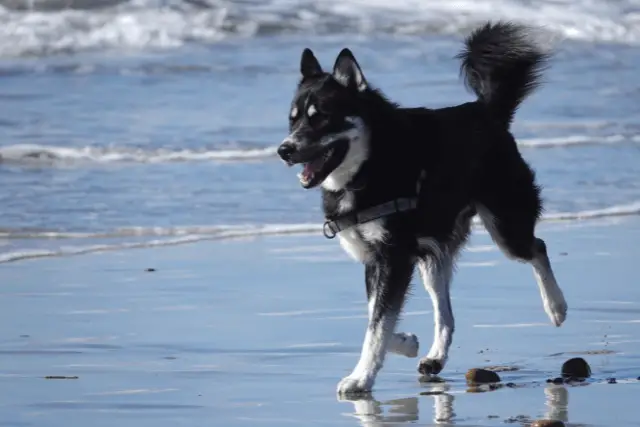
Temperament
Because of centuries of selective breeding for herding abilities, Lapponian Herders are extremely intelligent. They are quick to learn, loyal, and eager to please. They are simple to train, with firm, consistent sessions beginning at a young age. Despite their high level of energy, they are calm and friendly, making them ideal family pets. They frequently bark and can be domineering towards other dogs.
Lapponian Herders are natural guard dogs, and they will bark in alert, sometimes excessively so. When first introduced, these dogs are reserved towards strangers but will quickly warm up if no danger is perceived.
Care guide
The Lapponian Herder is a charming and energetic dog. These dogs may appear tough and resilient, but they require proper care like any other pet. You must maintain a regular vet schedule. Your veterinarian may notice things about your dog that you do not, and they can undoubtedly assist you in developing an excellent Lapponian Herder care routine. The following are the most critical aspects of Lapponian Herder's care.
Grooming
Despite having a thick, double coat, Lapponian Herders require little grooming. The coat is short enough that mats are rarely an issue. They shed twice a year, and brushing during shedding will help to keep hair out of the house. During the rest of the year, a light brushing is all that is required to keep the coat in good condition.
After spending time outside, check the thicker, longer fur around the neck and thighs for briars. Bathing is only necessary if dirt accumulates in the coat due to outdoor activities. The teeth should be brushed at least once a week, and the nails should be trimmed monthly or as needed depending on activity wear. Check your dog's ears for redness, foul odors, and discharge.
Those are infection symptoms, so you'll need to see a vet. Dog-safe ear cleaners can be used to keep your dog's ears clean.
Training
Because you are dealing with a social breed, training a Lapponian Herder is generally simple. Lapponian Herders need to be challenged and stimulated with activities. They cannot stand being left alone for long periods of time. While you may need to be patient during the training process, the consistency of your teaching will become apparent to the dog as it learns commands that it must obey in order to be rewarded. It is critical to develop a clear routine for training this dog breed.
As with any other dog breed, positive reinforcement produces the best results. Make use of dog treats and praise as training tools. Fear, punishment, or yelling can all backfire and result in a dog who is overly shy or scared.
Exercise needs
Lapponian Herders are energetic and active. As a result, they necessitate strenuous daily activities. These dogs can become bored and even destructive if they are not stimulated on a regular basis. Thirty minutes of daily activity, including running and free playtime in a large garden or dog park, is essential for their health and well-being. For this breed, daily walks are insufficient.
Many owners engage their Lapponian Herders in organized activities that both entertain and exercise them. Agility, flyball, herding events, rally, barn hunts, and even search and rescue are enriching activities for this breed. Lapponian Herders can be calm and docile family pets with proper exercise and mental stimulation.
Socialization
When it comes to being around other dogs, these dogs can be a little dominant, which is why proper socialization is essential for Lapponian Herders. Begin socializing your puppy as soon as it arrives at your home. Make sure they are exposed to a variety of situations and environments. Take your puppy to busy streets, dog parks, friends' houses, and other places where they can gain new experiences.
Socialization will help your Lapponian Herder puppy grow into a stable and well-behaved dog. However, you must ensure that your puppy has a positive experience. That means you should use a lot of treats and compliments.
Lapponian Herder and kids
Lapponian Herders make excellent family dogs because they get along with everyone in the family, including children. Keep in mind that children must be taught how to play and interact with dogs in order for the Lapponian Herder to enjoy their company. They will be their playing partner and enjoy spending time together if they are raised together from an early age. In addition, the Lapponian Herder makes an excellent cuddling companion, and your children will have a lively protector.
Lapponian Herder and other pets
Lapponian Herders are generally friendly dogs, so if they get along with you and your family, they will probably get along with other pets as well. They are not known to be aggressive at first when introduced to a family with other pets. Because being calm and having self-control are essential aspects of their personality, they will generally mind their own business when around other animals.
Because of its herding mentality, this dog breed can be dominant around other dogs at a young age. Still, this behavior can be curtailed with proper socialization and training.
Health
Lapponian Herders have a life expectancy of 10 to 14 years. Despite their origins in a remote geographic area, these dogs are free of common breed-related health issues. Despite this, veterinarians discovered a few fairly common problems.
- Hip dysplasia - A genetic condition characterized by an abnormally formed hip joint.
- Cataracts - Cloudy spots on the eye's lens that can cause blindness.
- Progressive retinal atrophy (PRA) - A genetic disease that causes blindness and cannot be detected early in the disease's progression.
Breeders
Once you've decided that this is the dog breed for you and your family, the next step is to find a reputable Lapponian Herder breeder. Good dog breeders produce healthy dogs, which is why you should always look for a registered breeder with excellent breeding practices. It is the best way to ensure your puppy has the best possible start in its life.
World Dog Finder team

Updated at31.08.2023.
Breed History
The use of dogs by the Sami in Lapland has been documented since B.C. Dogs were originally companions for nomadic tribes and were likely related to the Finnish Lapphund. The Sami lived a subsistence lifestyle, supplementing their berry gathering with wild reindeer for nutrition and clothing. The dogs guarded the tribes but did not participate in herding at first.
Beginning in the 17th century, reindeer herding became essential to the Sami way of life. This was in response to the region's nation-building efforts (Finland, Norway, Sweden, and Russia). The Sami were included in these countries' tax bases and needed to develop the ability to trade and generate income. Herding dogs greatly improved reindeer herding, and their use became essential to the Sami people's survival and way of life.
Several breeds evolved from the original herding dogs, including the Lapponian Herder, Finnish Lapphund, Swedish Lapphund, and Norwegian Elkhound. Having been on the verge of extinction during World War II, breeders worked to save the Finnish herding dogs in the mid-to-late 1900s. The Finnish Kennel Club recognized the Lapponian Shepherd Dog in 1945, and it included dogs with longer and shorter coats.
In 1966, the Lapponian Herder, also known as the Lapinporokoira, was recognized as a distinct, shorter-coated breed. The Finnish Lapphund, or Lapinkoira, was created at the same time as a longer-coated variety. In 1999, the FCI (Federation Cynologique Internationale) revised and approved the breed standards.
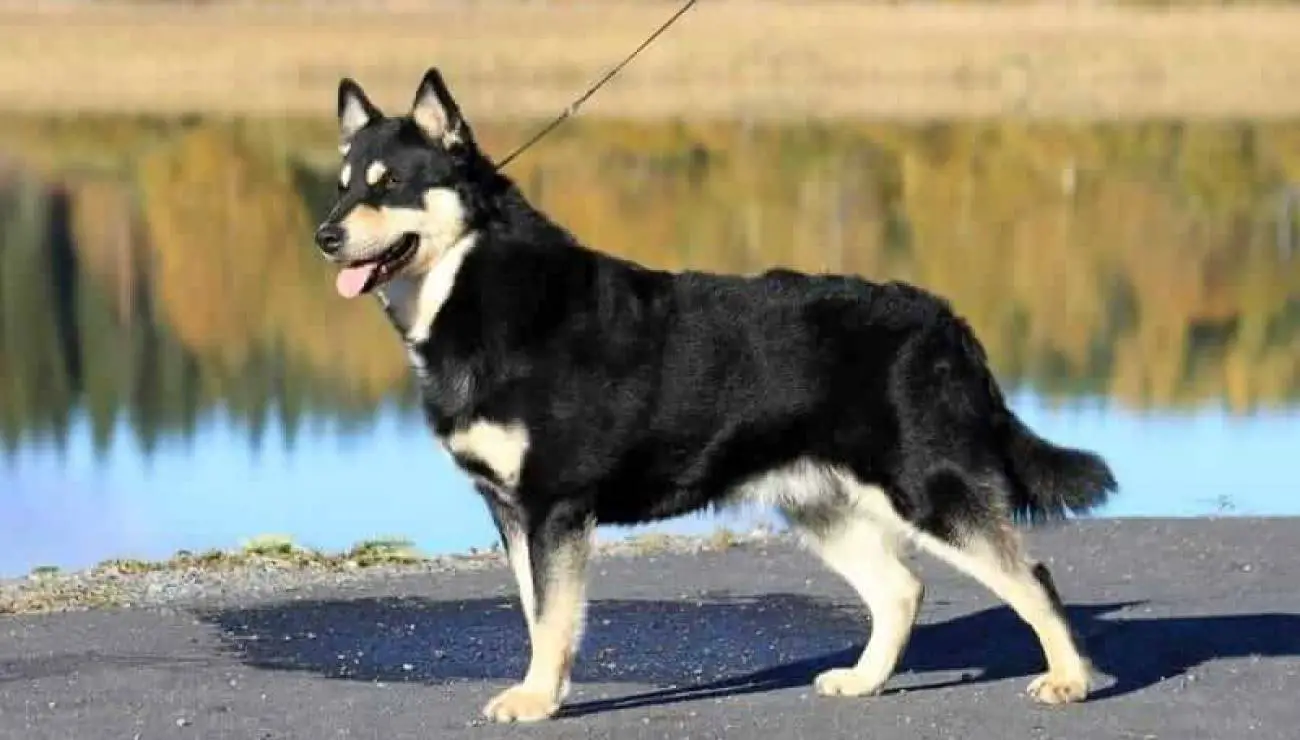
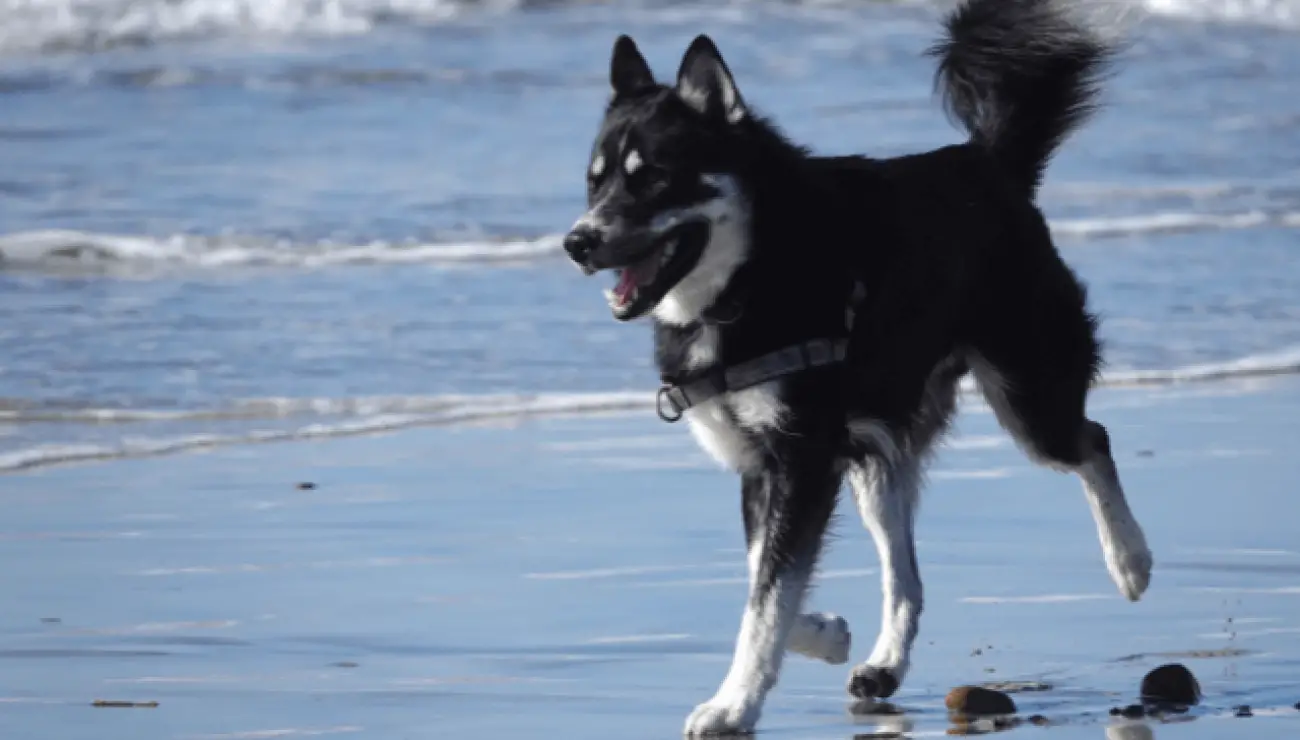
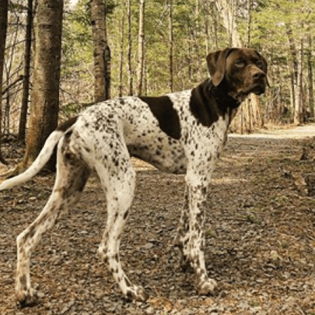
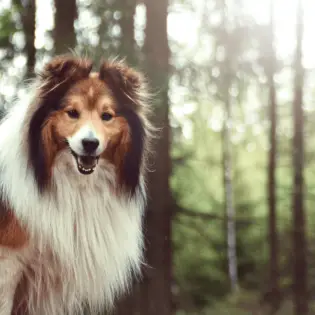
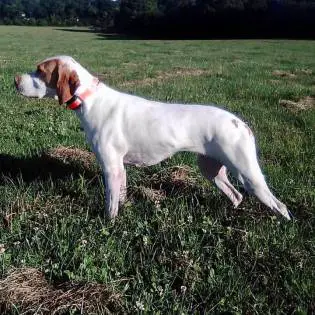
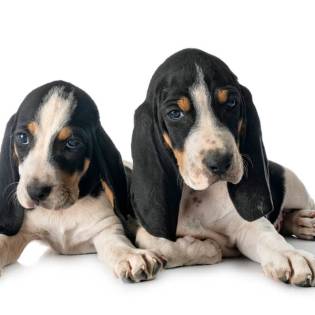
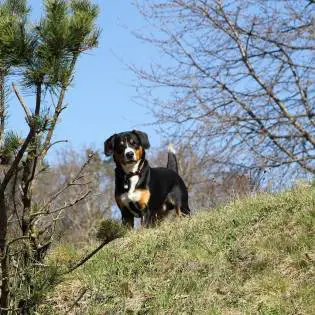
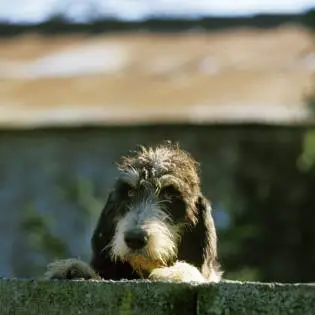
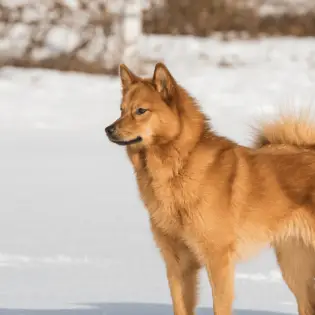
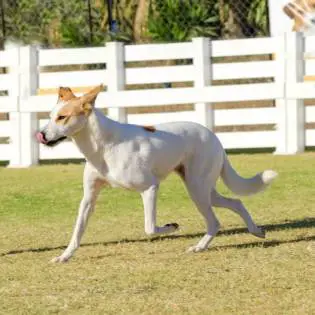
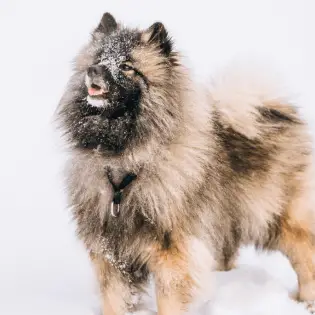
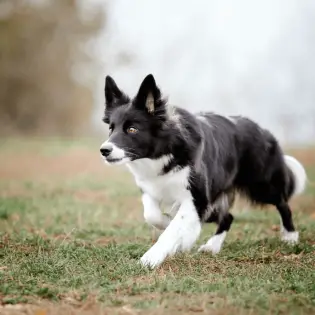

Share